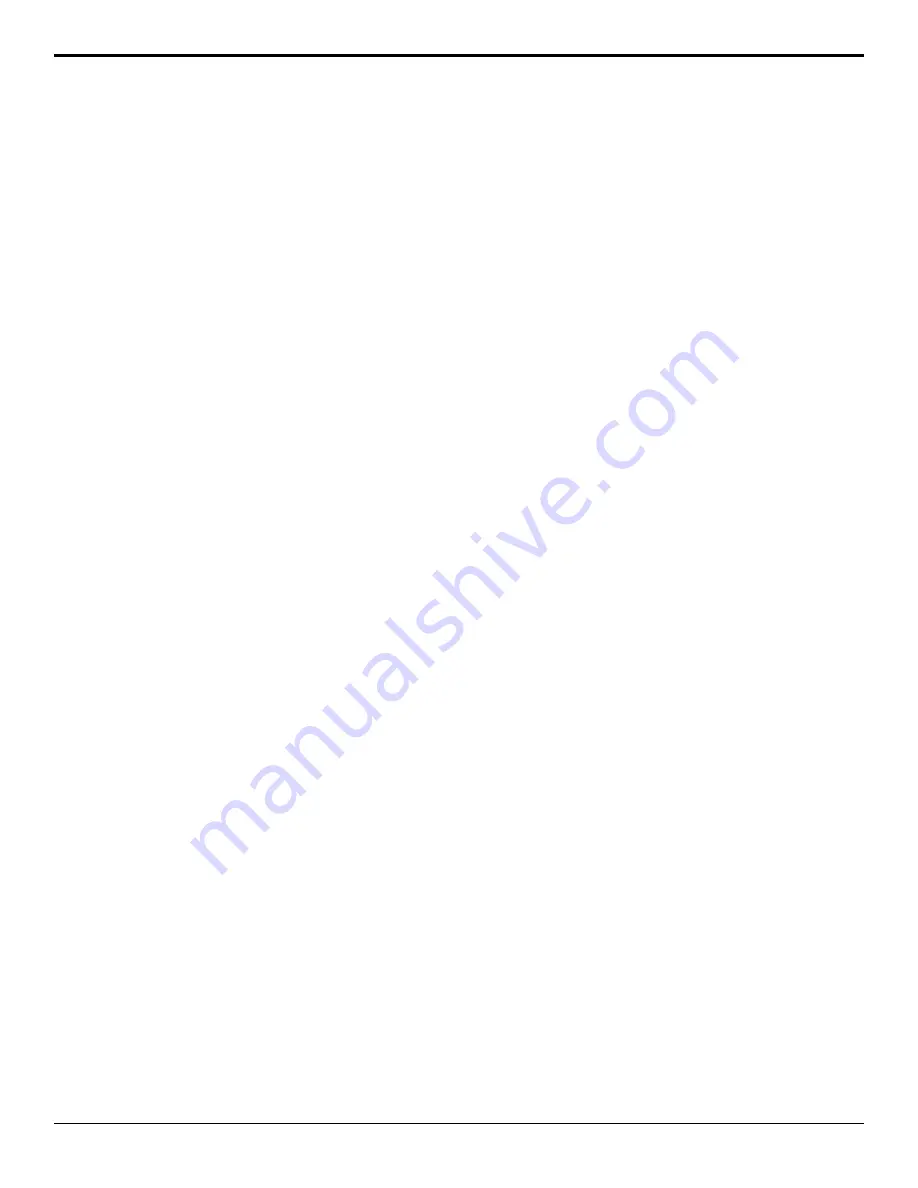
preview output of the ME shows the processed alpha
of the selected key until the button is released.
•
Select the keyer that you want to show the alpha for
and double-press the
SHOW ALPHA
button. The
preview output of the ME shows the processed alpha
of the selected key until the button is pressed again.
•
Select the keyer that you want to show the alpha for
and press
NEXT
>
NEXT
and use the
ShowAl
to
turn the show alpha on (
On
) or off (
Off
). The preview
output of the ME shows the processed alpha of the
selected key until
Off
is selected.
Masks
A Mask is a technique in which a pattern is combined
with the key source to block out unwanted portions of
the key source.
Two types of masks are available, Box masks and Pattern
masks. All key types can be masked.
•
Box Mask
— uses a simple box shape to mask out a
portion of the key
•
Pattern Mask
— uses a pattern from the pattern
generator to mask out a portion of the key
To Pattern Mask a Key
Pattern masks can be adjusted for size, location, rotation,
and multiplication.
1.
Select the keyer that you want to set up a mask for.
Click
Navigation Menu
>
Live Assist
>
ME
and
select the ME and key that you want to set up.
2.
Press
NEXT
. Depending on the key type and features
set up for the key, you must press
NEXT
multiple
times to get to the next step. Click
Mask
>
Pattern
.
3.
Use the
Mask
knob to select
Pattrn
.
4.
Press
Edit Params
.
5.
Use the
M-Frce
knob to force the area inside the
mask region to the foreground (
On
). Click
Mask
Force
to force the area inside the mask region to
the foreground.
Force mask is not available for all key types.
6.
Use the
M-Inv
knob to invert the masked area with
the unmasked area (
On
). Click
Mask Invert
to
invert the masked area with the unmasked area.
The portion of the key that was masked out is now
visible, and the portion that was visible is masked.
7.
Press
NEXT
.
8.
Use the
Size
knob to adjust the size of the mask
region. You can also twist the positioner. Use the
Size
slider to adjust the size of the mask region.
9.
Press
NEXT
.
10.
Use the
Pattrn
knob to select the mask pattern you
want to use. You can also select the pattern by
pressing the pattern button directly. In the
Mask
Modifications
area, click the pattern that you want
to use for the mask.
11.
Use the
X Pos
and
Y Pos
knobs to position the
mask. You can also use the positioner. Use the
X-Position
and
Y-Position
sliders, or drag the
Position
cross-hair, to position the mask.
12.
Press
NEXT
.
13.
Use the
Aspect
knob to adjust the aspect ratio of
the mask. Use the
Aspect
slider to adjust the aspect
ratio of the mask.
Not all patterns can be adjusted.
14.
Use the
Border
and
Soft
knobs to apply a border
to the mask. Use the
Size
and
Softness
sliders to
apply a border to the mask.
Refer to the section
To Apply a Border to a Pattern
on page 29 for information on borders.
15.
Press
NEXT
. If a border is applied to the pattern,
you must press
NEXT
multiple times to get to the
next step.
16.
Use the
Rot
knob to rotate the pattern. Use the
Rotation
slider to rotate the pattern.
Not all patterns can be rotated.
17.
Use the
HMult
knob to multiply the pattern
horizontally. Use the
HMultiply
slider to multiply
the pattern horizontally.
18.
Use the
VMult
knob to multiply the pattern
vertically. Use the
VMultiply
slider to multiply the
pattern vertically.
To Box Mask a Key
Box masks can be adjusted for size, location, rotation,
and multiplication.
1.
Select the keyer that you want to set up a mask for.
Click
Navigation Menu
>
Live Assist
>
ME
and
select the ME and key that you want to set up.
2.
Press
NEXT
. Depending on the key type and features
set up for the key, you must press
NEXT
multiple
times to get to the next step. Click
Mask
>
Pattern
.
3.
Use the
Mask
knob to select
Box
. Click
Box
.
4.
Use the
M-Frce
knob to force the area inside the
mask region to the foreground (
On
). Click
Mask
Force
to force the area inside the mask region to
the foreground.
Force mask is not available for all key types.
44
• Keying — Carbonite Operation Manual (v13.0)






























